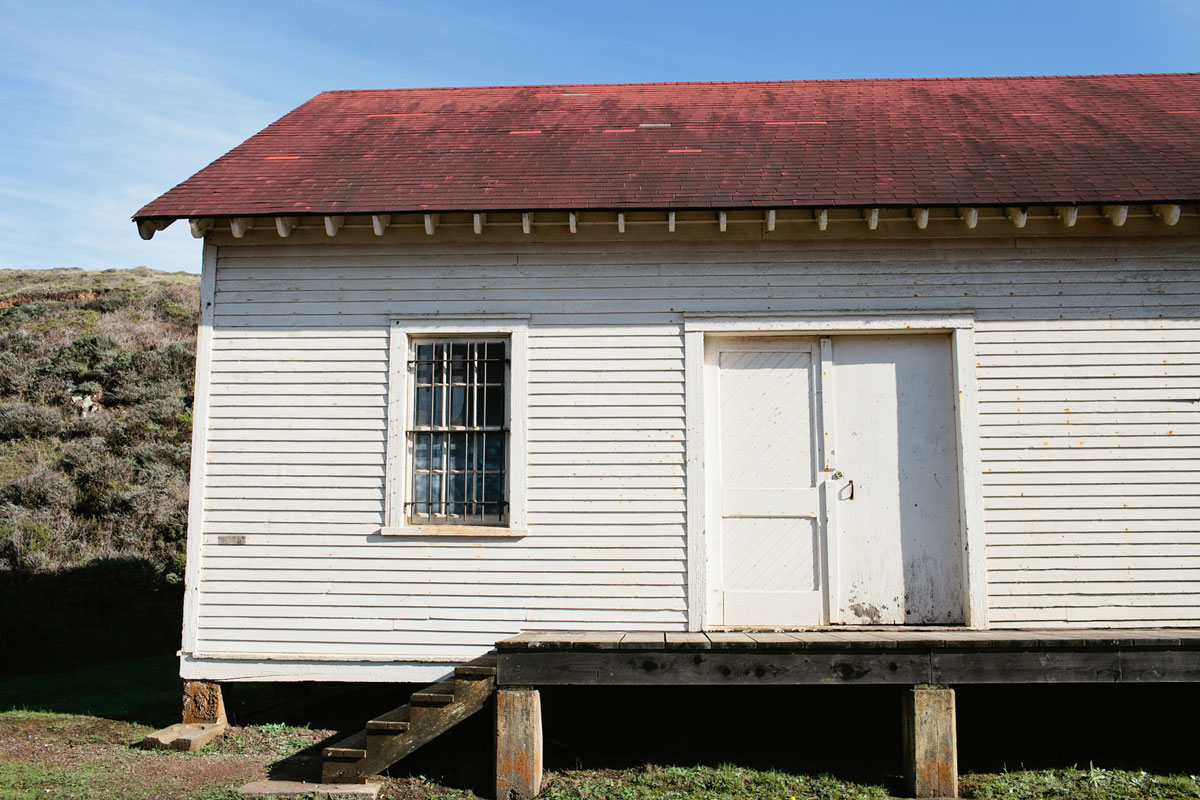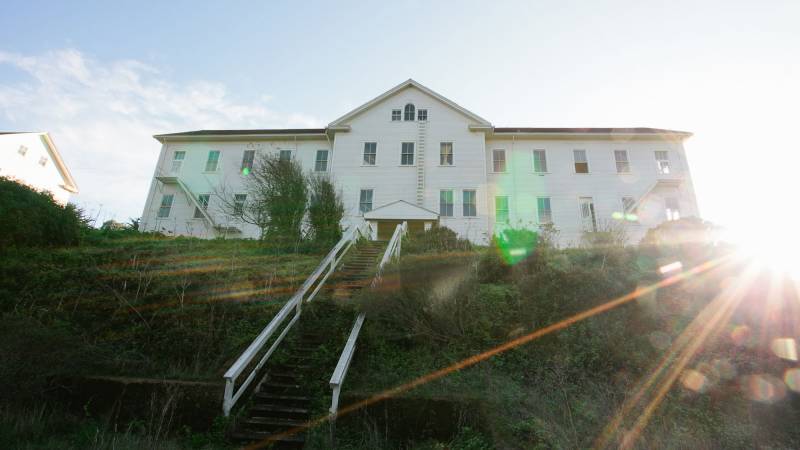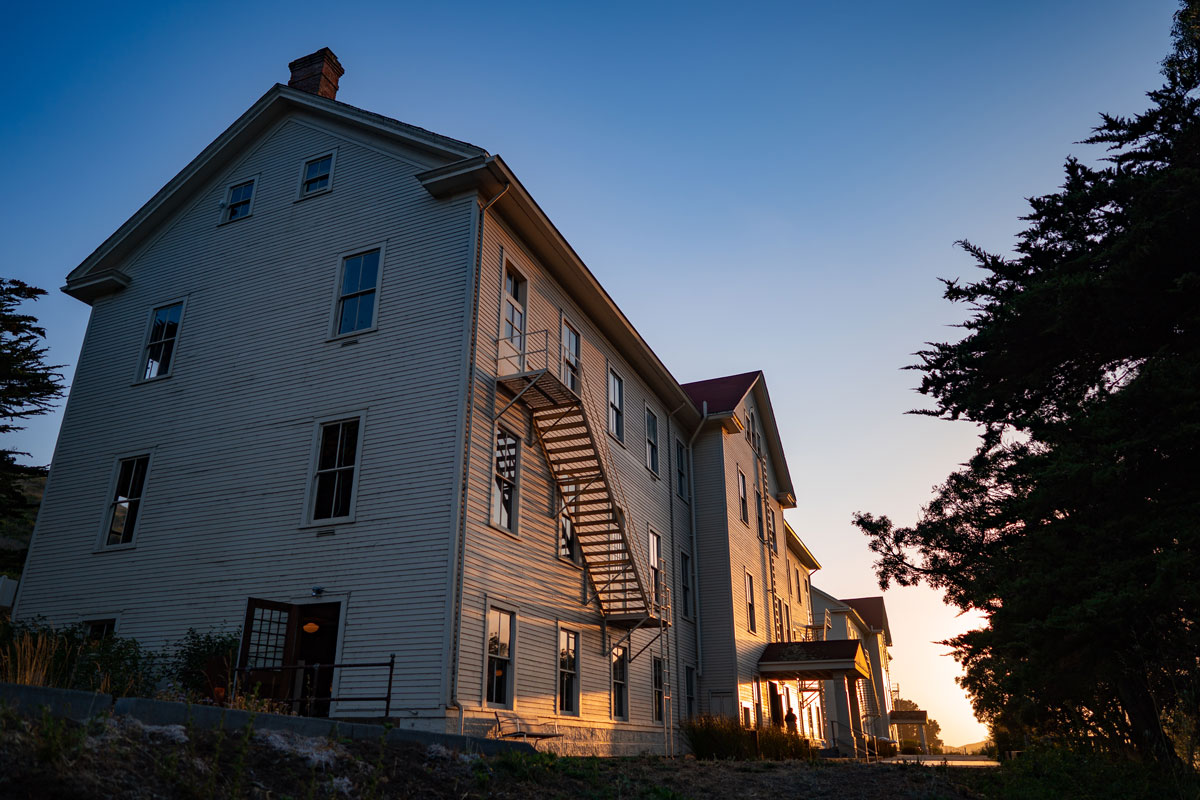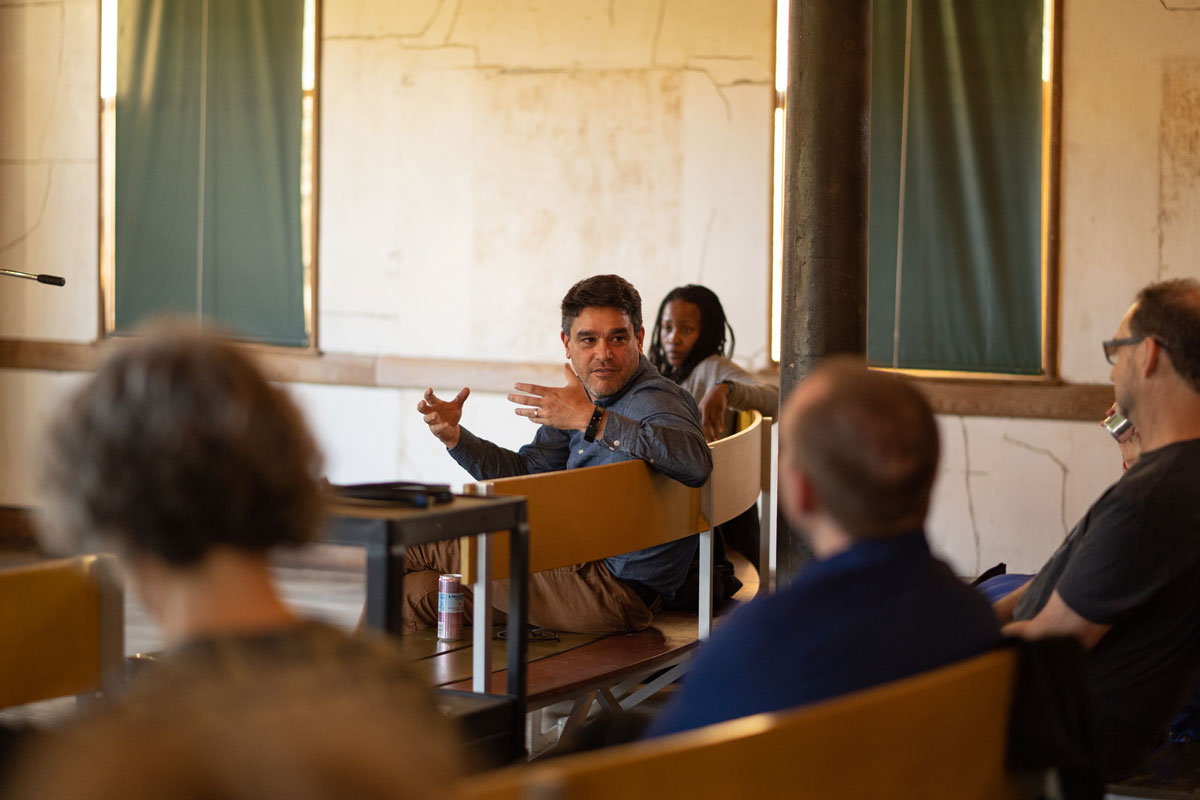In the middle of a chaotic and universally terrible year, artist Daniel Southard received the happy news that he had been accepted into Headlands Center for the Arts’ affiliate artist program. It meant at least one more year in Building 960, a former U.S. Army Quartermaster building overlooking the Headlands’ Nike Missile Site, where he enjoyed a studio as a graduate fellow. Or, to be more specific, that he had enjoyed until mid-March, when the coronavirus pandemic closed not just the studio, but the entire Marin Headlands.
“I was thrilled to get accepted in the affiliate program and expand my practice in old and new ways over the coming three years,” Southard wrote in an email. “I was also excited about the stability of knowing, at least partially, what these next three years might bring.”
The affiliates, a select group of around 20 artists and writers who pay below-market-rate for studio spaces in Building 960 and 961, have the option to reapply for their positions for up to three years at Headlands. At $1.10 per square foot on top of a $45 base, affiliate spaces are some of the most affordable—and stable—studios in the Bay Area.
It was May when Southard got his acceptance, followed by some communication about picking his next studio space, or maybe keeping his current spot. Then the emails petered out. “Oh, it’s the pandemic,” he remembers thinking. On July 15, affiliate artists were told Building 960 and 961 were reopening; they could begin to sign up for time slots to maintain social distancing.

Less than a month later, though, on Aug. 10, all the current and future affiliates received the unexpected news that the entire affiliate program would cease to exist at the end of 2020. The arts center, facing an approximate $1 million budget deficit this year, had decided to accelerate plans to consolidate its campus, returning Building 960 and 961 to the National Park Service and sunsetting the program they housed. The final affiliate cohort, including Southard, would be its last.
Collectively, the affiliate artists had a simple statement: “It’s heartbreaking.”
The end of the affiliate program, which has been part of Headlands in some form since 1988, is just one of several big-picture changes the arts organization plans to adopt beginning in January 2021. These decisions, which affect both the nonprofit’s physical campus and the ways in which it serves artists, were sped along by the pandemic but are rooted, program director Sean Uyehara emphasizes, in a five-year master plan approved in 2018. That plan refocuses the organization on its “core campus,” with new programming, according to today’s announcement, which shows Headlands “getting bold by narrowing our focus, going deeper, and, in the process, innovating how we support artists.”
‘Rethinking everything we’re doing’
The coronavirus pandemic has stripped arts nonprofits of earned income opportunities, threatened future funding, led to layoffs and furloughs, halted programming and pretty much turned everything upside down. Headlands Center for the Arts, despite a strong history of fundraising and a growing staff in recent years, is no exception.




